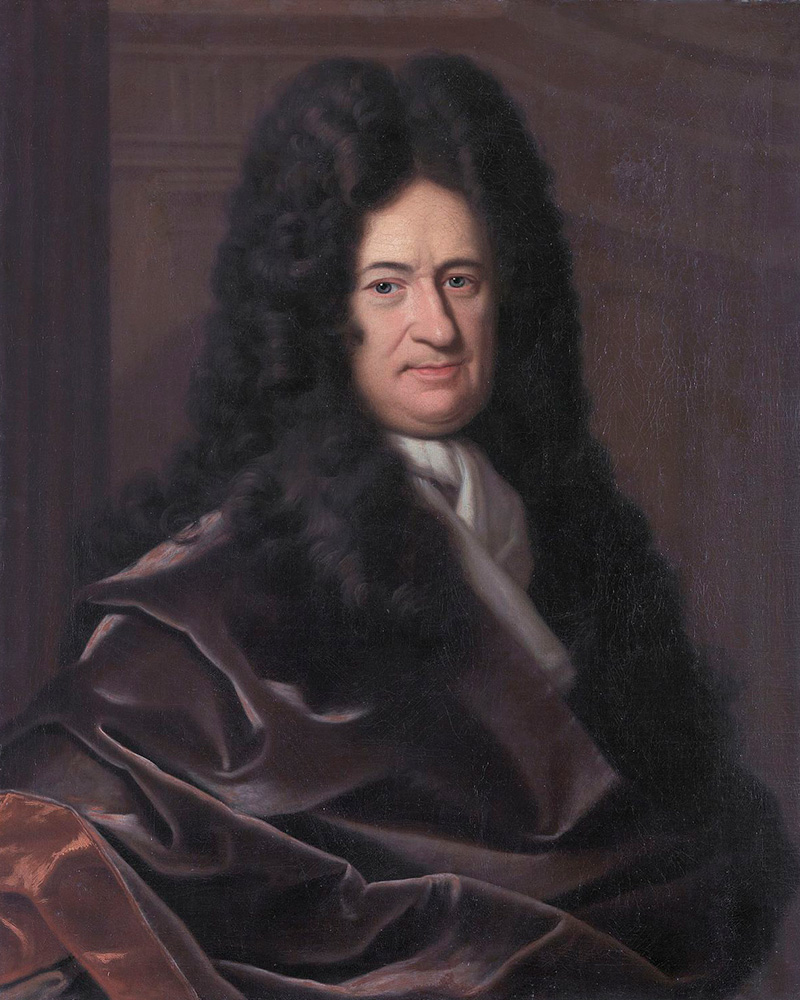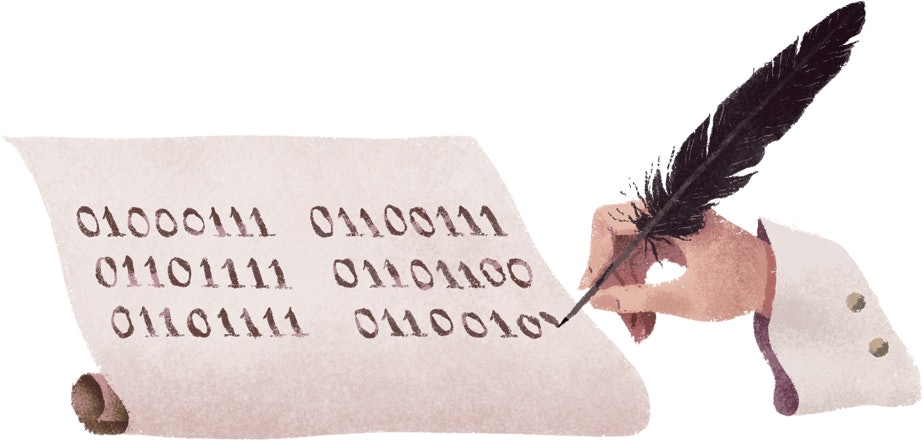

As you’d imagine, the mood was ecstatic: some people came draped in Egyptian flags, and there was shouting, embracing, and even blowing of vuvuzelas. The announcement that Mubarak was leaving came just a few hours before the event, which was planned as a somber discussion but hastily reconfigured as a celebration.

I went, not least because of the falafel.
#Gottfried wilhelm leibnizfree macro recorder for mac free
Last night, the MIT Egyptian Club hosted a “What’s Going On In Egypt?” event, which included a lecture, a Q&A session with Egyptian students, Egyptian music, and free falafel and baklava. Thanks to Michael Roukes, Mary Sikora, John Preskill, Ann Harvey, and the other organizers for putting this thing together and for inviting me.

I understand that all the talks will eventually be on YouTube here. Richard Feynman was famous for his contempt of pomp and authority would he really have enjoyed a heavily-scripted day extolling him as a secular saint? In the end, though, the quality of many of the talks made the event more than worthwhile for me, even without counting Ondar’s throat-singing as a “talk.” I particularly enjoyed the cosmology talk of fellow-blogger Sean Carroll (yo, Sean), the Feynman stories of Lenny Susskind, a demonstration of the mind-blowing WorldWide Telescope by Curtis Wong of Microsoft, and a “Who Wants to be a Millionaire?” parody skit put on by the three “black hole bettors” (John Preskill, Kip Thorne, and Hawking, the last of whom wheeled into the auditorium to thunderous applause and the opening fanfare of Thus Spake Zarathustra). I have to confess that I was skeptical of this event’s entire premise. If you think my talk stinks, my only defense is that showing up to give it was already an accomplishment: my flight (from Tel Aviv to LA through Newark) was canceled because of a snowstorm, so I arrived at Caltech exhausted and barely conscious, via a 36-hour alternate route through Frankfurt and London. Yeah, I know the current upper bound on the matrix multiplication exponent is 2.376, not 2.736! It was correct on the slides I submitted, but got transposed when the slides were converted into “TED format.”.By far my most successful joke was a reference to “prime numbers, such as 3, 5, 1…” Before the lunch break, the emcee had told everyone to be back by 1:35, “which I’m sure you nerds will remember since it’s the first three prime numbers.”.I don’t know how well I succeeded-but if I die tomorrow, then at least Stephen Hawking was in the audience when I made my case for P and NP being as big a deal as anything in physics. My goal was to cover the P versus NP question, quantum computing, conceptual issues in quantum mechanics, and Feynman’s relation to all three, while also cracking crude masturbation jokes (in a talk like this, one has to bring out the heavy humor cannons), and to finish in 15 minutes. Videos are finally being posted on YouTube my talk is here. Celebrity participants included Stephen Hawking, Carl and Michelle Feynman (Carl told me he’s a fan of the blog-hi Carl!), and Ondar, a Tuvan throat-singer who pretty much stole the show. How long before we can expect a computer Jeopardy! champion that fits behind the podium?Ī month ago, Caltech hosted a daylong event called “TEDxCaltech / Feynman’s Vision: the Next 50 Years”, which was attended by about a thousand people. Back when Deep Blue beat Kasparov, IBM made a big to-do about the central role played by its large, specially-designed mainframe with custom “chess chips”-but then it wasn’t long before programs like Deep Fritz running on desktop PCs produced similar (and today, probably superior) performance.Inspired by the timeline discussion: could something like Watson have been built in, say, 2000? If not, then which developments of the past decade played important roles?.No one needs a repeated demonstration that computers have faster reaction times than humans.



 0 kommentar(er)
0 kommentar(er)
